This Topic doesn't yet have a Stewarded summary, but connected groups, content and organisations show below.
Click the 'Ask to Join' button if you would like to be a Steward for this Topic and provide a summary of current knowledge and recommend useful resources, organisations, networks and projects.
"Like" this Topic if you would like to see it prioritised for providing a wikipedia style summary.

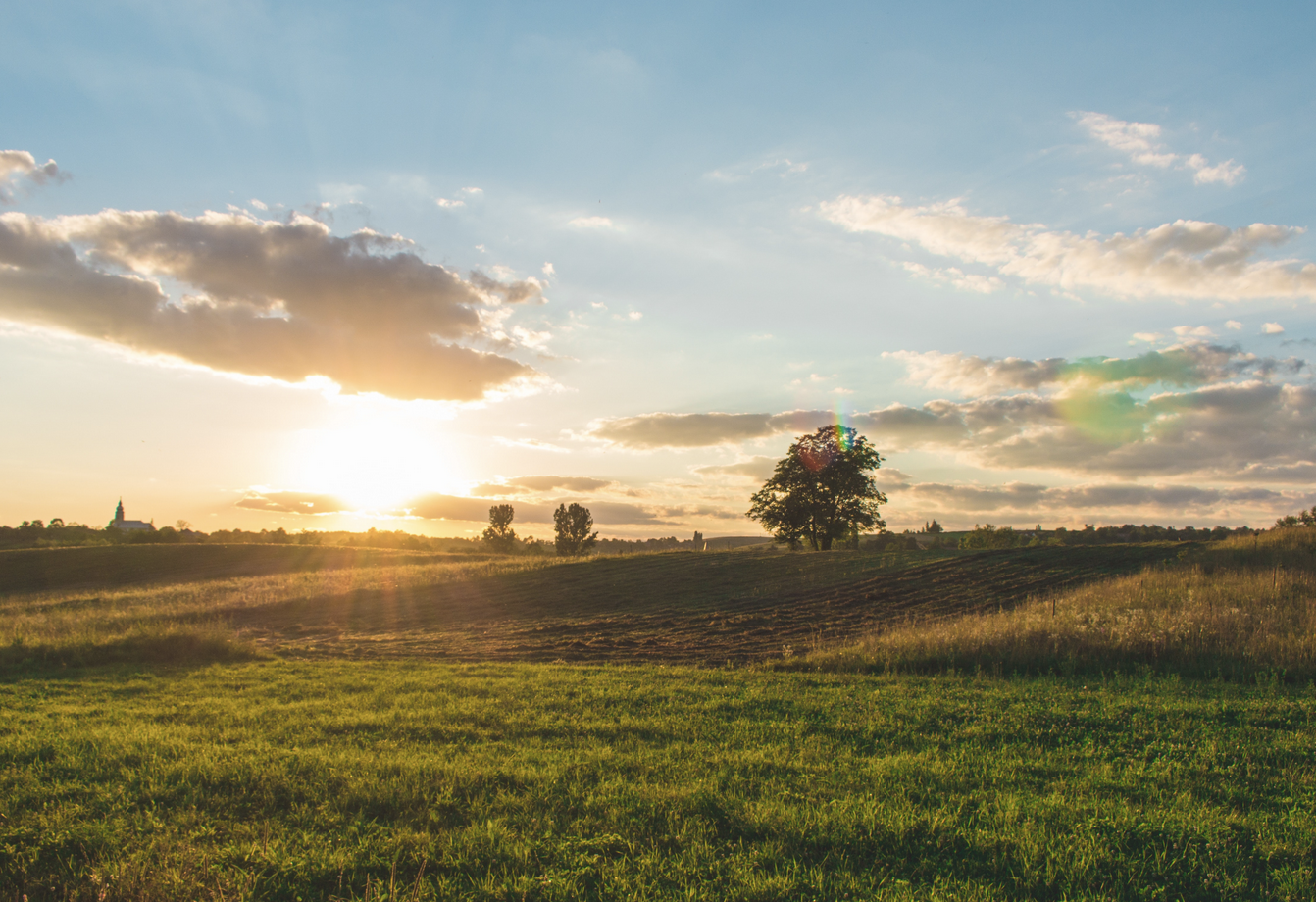


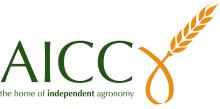
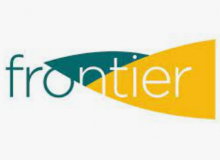

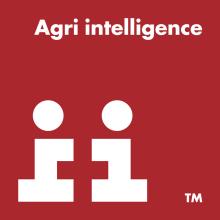

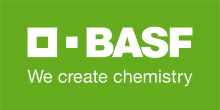



Discussion
I want to produce bulrushes from seed. I have the seed. Any tips?